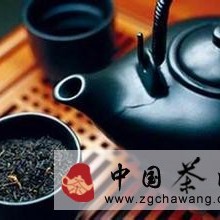
The Centenarian in Tea: Dark Tea
Dark tea, compared to green tea, black tea, and oolong tea, lacks delicacy and may even be considered less refined, with relatively straightforward brewing methods. However, it possesses the spirit and temperament of moderation and harmony that other tea categories have. The allure of century-old da...
Tea News · Oct 26, 2025

How Long Can Newly Purchased Tea Be Stored?
Tea has strong hygroscopic and odor-absorbing properties, easily absorbing moisture and odors from the air. Improper storage methods can cause tea to lose its flavor quickly, especially for high-quality, lightly fermented teas. The key factors affecting tea deterioration are temperature, moisture, o...
Tea News · Oct 26, 2025

Honey Intestine-Moistening Green Tea
Honey Intestine-Moistening Green Tea is a traditional herbal beverage combining 10g honey, 6ml sesame oil, and 6g green tea. The preparation involves mixing green tea with sesame oil before adding 30ml hot water. After slight cooling, honey is incorporated. Consumed twice daily (morning and evening ...
Tea News · Oct 26, 2025

Fragrant Flowers and Strong Tea Also Serve as Medicine
Flowers are symbols of beauty that not only provide visual enjoyment and enhance our lives but also possess medicinal and edible value. Different flowers can treat various ailments—either used alone or in combination with other floral medicines. With evolving trends, drinking floral teas has become...
Tea News · Oct 26, 2025

Introduction to Vitality Oxygen Ginseng Tea
Vitality Oxygen Ginseng Tea is a traditional herbal beverage made with ginseng, astragalus, and other nourishing ingredients. This revitalizing tea is specifically designed for individuals with weak constitutions who frequently experience low energy levels, constant fatigue, and persistent coughs. P...
Tea News · Oct 26, 2025
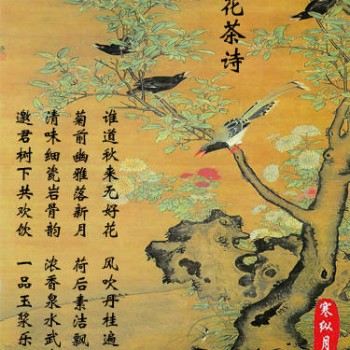
Osmanthus Tea Poetry
The author describes a busy period where writing has taken a backseat, causing a perceived decline in literary skills. While walking to work through campus paths one morning, they suddenly find themselves enveloped in an intense, sweet fragrance, realizing it's the peak season for osmanthus blooms i...
Tea News · Oct 26, 2025
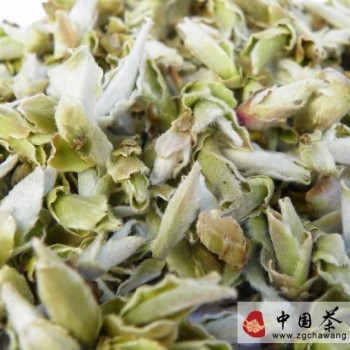
Wild Tea in Pu'er Tea
Wild tea refers to naturally evolved tea plant varieties that are the ancestors of cultivated tea. While many consumers seek wild and ancient tree teas in the Pu'er market, most products labeled as 'wild tea' are overpriced beyond their actual value. It's important to understand that true wild tea i...
Tea News · Oct 25, 2025
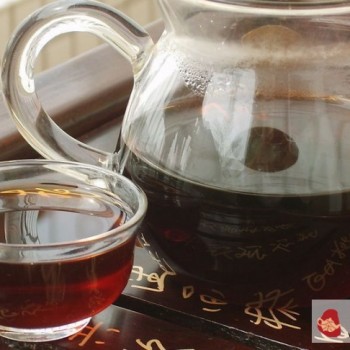
What Kind of Tea Snacks Should Be Paired with Pu-erh Tea?
Pairing tea with appropriate snacks enhances the tasting experience. For Pu-erh tea, known for its unique aged flavor and robust character, sweet and rich pastries are ideal companions. The tea's earthiness balances the sweetness and oiliness of snacks like traditional Suzhou pastries, preventing th...
Tea News · Oct 25, 2025

What Are the Beauty Benefits of Pu-erh Tea?
Pu-erh tea offers remarkable beauty benefits through its natural components and versatile applications. Its high concentration of tea polyphenols serves as a powerful natural antioxidant, comparable to Vitamin E in effectiveness. The used tea leaves can be repurposed as eye compresses to reduce dark...
Tea News · Oct 25, 2025
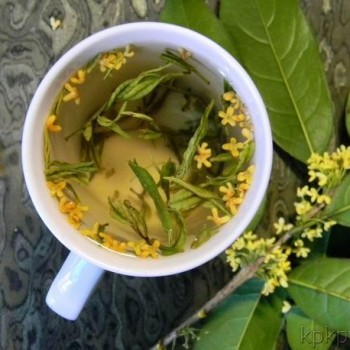
The Story of Osmanthus Tea
The author shares a personal story about discovering the delightful combination of osmanthus flowers and tea. While enjoying tea under blooming osmanthus trees, petals fell into the cup, creating a beautifully fragrant drink. An attempt to preserve this by mixing fresh petals with stored tea failed...
Tea News · Oct 25, 2025